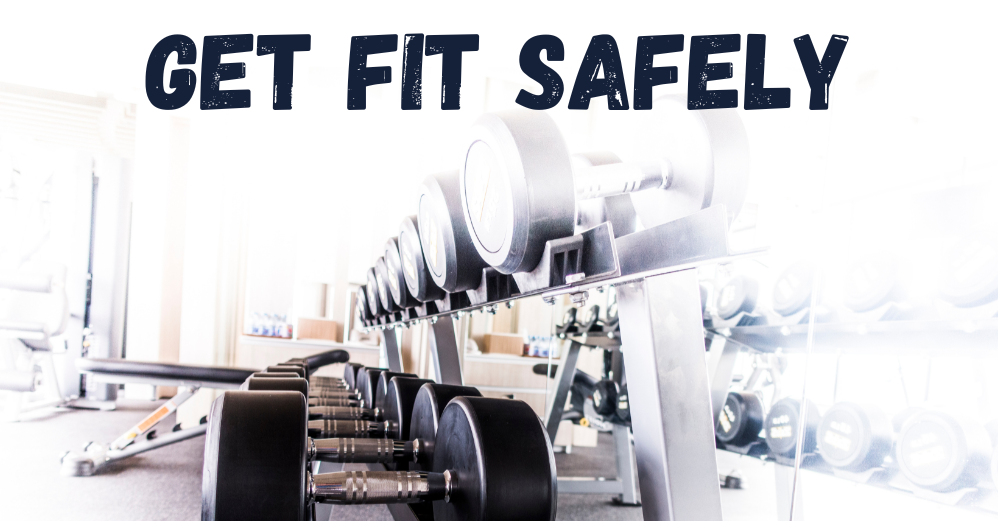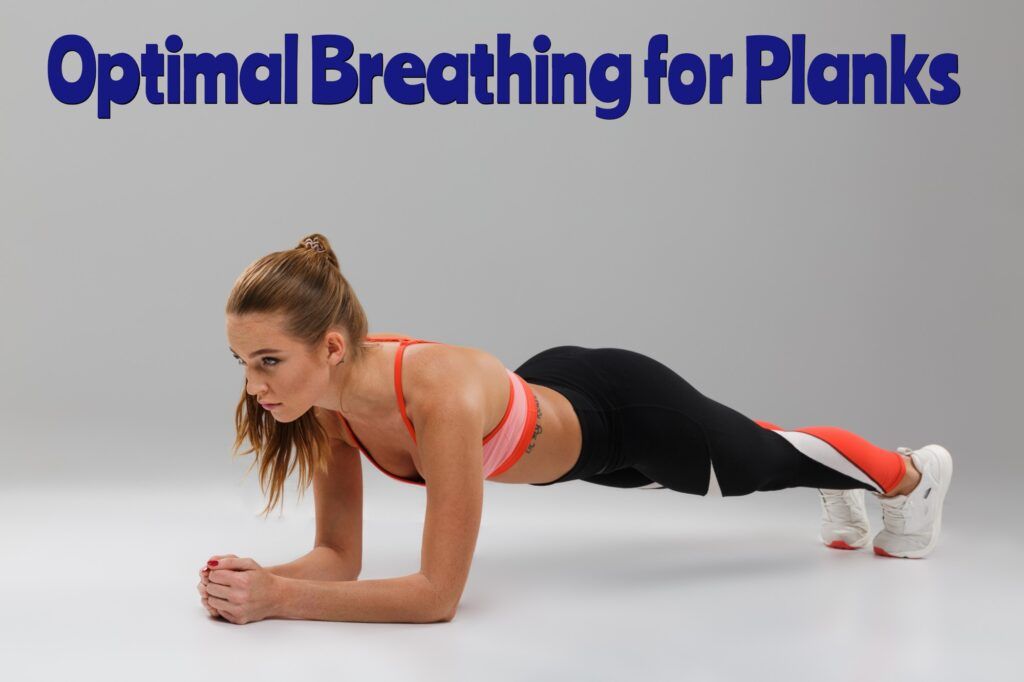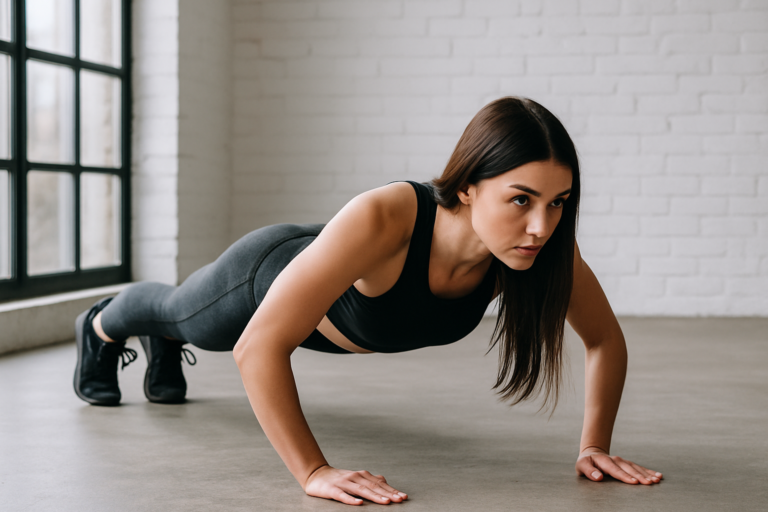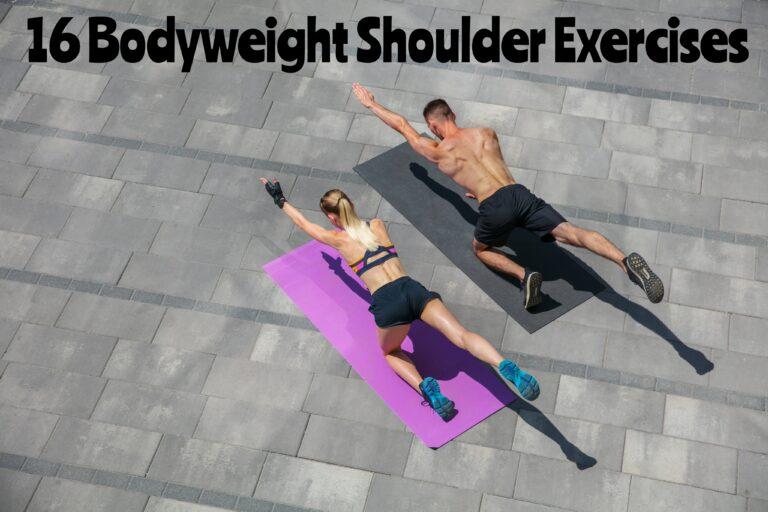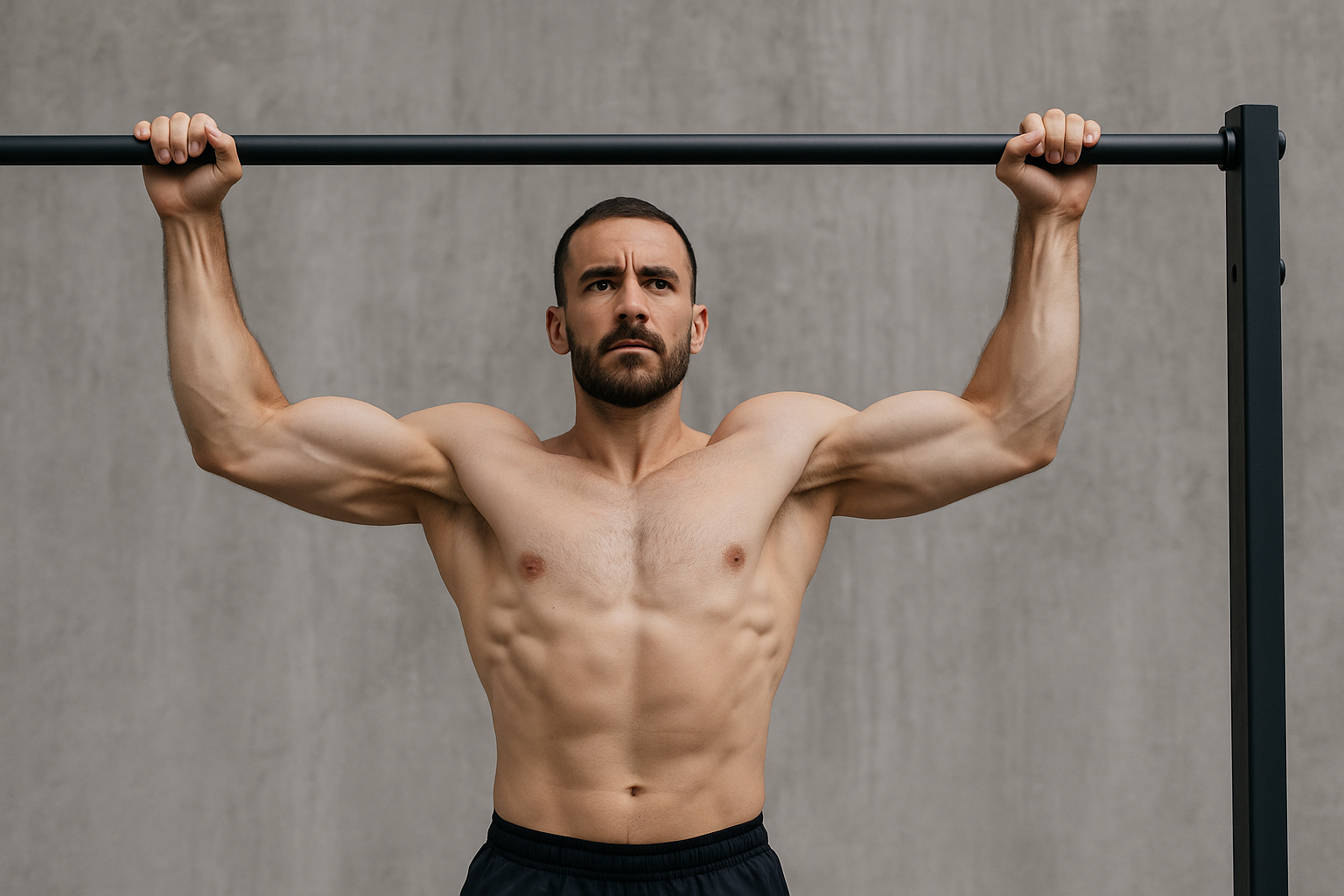The plank is one of those go-to moves in the world of body-weight exercises.
Sure, it looks simple—you just hold yourself up, right?
But don’t be fooled; it actually demands serious muscle effort and focused attention.
And here’s something you might be overlooking: breathing.
We all breathe without thinking about it, so it might seem secondary in a strength exercise like the plank.
But what if I told you that proper breathing can seriously amp up your performance?
So, why should you consciously bring breath into your plank routine?
Focusing on your breathing not only boosts your endurance but can totally transform how you perceive your strength and abilities.
In this article, we’ll dive into everything you need to know about how correct breathing enhances the plank exercise.
Personal ExperienceI remember when I first started doing planks; I thought it was all about holding on for as long as possible. But over time, I realized that quality trumps quantity. Maintaining proper form and engaging the right muscles made all the difference. I found that by focusing on my breath during the plank, not only could I hold the position longer, but the whole experience transformed. I stopped fixating on the burning in my muscles or how much time was left. Instead, I zeroed in on my breath—the flow of air in and out of my lungs. This awareness brought me into a state of calm and focus I’d never experienced during workouts before. From that moment on, I incorporated mindful breathing into every exercise, not just the plank. I noticed significant improvements not only in my strength and endurance but also in my mental state during training. I felt more calm, centered, and in tune with my body. Now, I can’t imagine my fitness routine without combining the plank and conscious breathing. It’s become a fundamental part of my training—a moment of connection between mind and body that sets the tone for the rest of my session. |
Introduction to the Plank
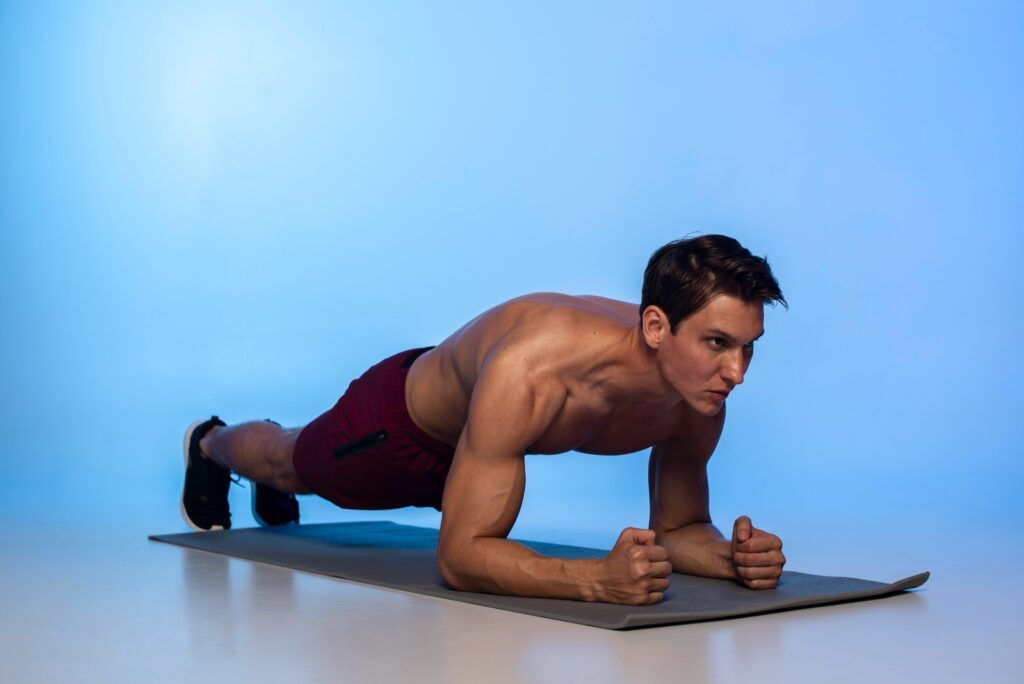
The plank is a classic exercise that’s earned a top spot in many fitness routines.
It’s an exercise that engages the entire body, focusing on core strength, endurance, and posture.
It’s a static position where you keep your body tight from head to toe, supported only by your forearms and feet.
You can perform the plank in various ways, each one challenging your body differently and offering specific benefits.
At first, the plank seemed pretty straightforward to me—just hold the position, right?
But it wasn’t until I paid closer attention that I realized it’s more about balance and control than just staying in place.
Focusing on keeping everything aligned and engaging my core properly made the plank a lot more challenging, but also way more rewarding.
Breathing and Physical Exercise
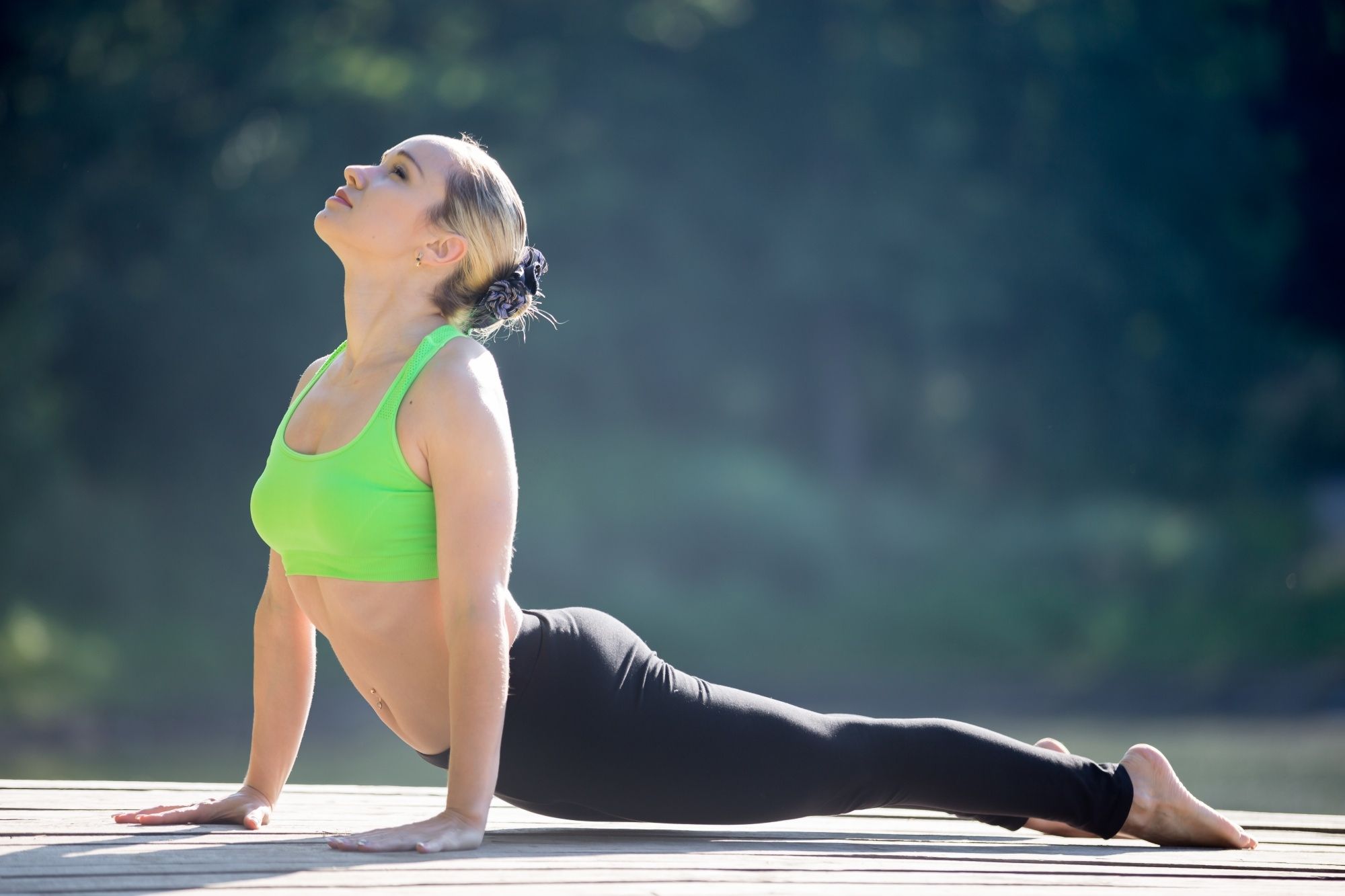
Breathing is a fundamental element in physical exercise.
Even though it happens automatically, how we breathe can significantly impact our performance.
Controlled and deep breathing improves blood oxygenation, helping muscles work more efficiently.
It also helps manage energy and maintain focus during training.
Plus, breathing plays a crucial role in controlling your exercise rhythm and managing muscle fatigue.
I used to underestimate the role of breathing.
But once I started paying attention, I noticed how a steady breath could carry me through tough workouts.
Breathing Techniques for Weightlifting, Running, and Yoga
Each discipline has its own breathing techniques to optimize your movements and endurance.
Consider weightlifting: when you lift the weight (the concentric phase), you should exhale; when you lower it (the eccentric phase), you should inhale.
Exhaling during exertion helps contract your core muscles, providing extra support to your spine.
Or take running: many runners use a breathing technique where they inhale every three or four steps.
This helps maintain a steady rhythm and avoid getting winded too quickly.
For flexibility exercises like yoga, breathing can help relax the muscles and achieve greater extension.
In a stretching position, you might exhale deeply, allowing your muscles to relax and stretch further.
Understanding Breathing during the Plank
Breathing during the plank might seem tricky because of the muscle tension the exercise demands.
But it’s precisely here that proper breathing shows its value.
Breathing correctly during the plank helps maintain body stability and sustain necessary muscle tension.
Shallow or irregular breathing can make you lose stability, making the exercise less effective.
In the past, I’d find myself holding my breath during challenging holds, not realizing it was sabotaging my performance.
Learning to breathe properly made the plank feel more manageable and effective.
Breathing Techniques for the Plank
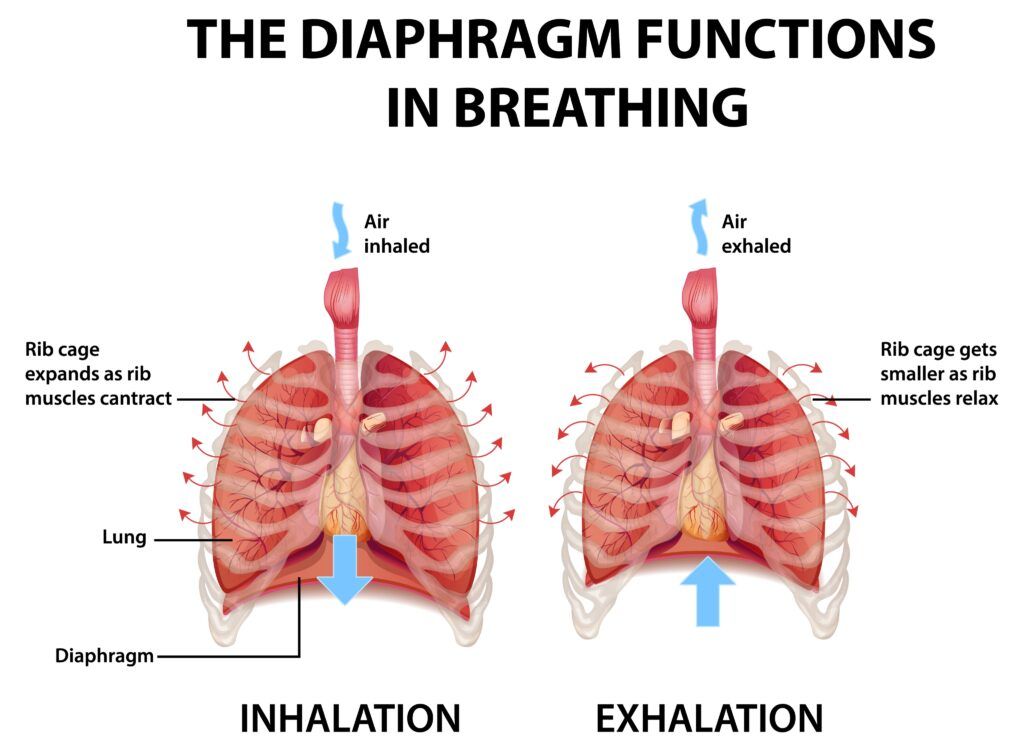
To get the most out of the plank, it’s important to pay attention to your breath.
The goal is to maintain slow, deep, and controlled breathing—even when your muscles start to burn.
Here are some breathing techniques to follow during the plank:
1. Diaphragmatic Breathing
Also known as belly breathing, this technique involves breathing deeply into your diaphragm rather than shallowly into your chest.
When you inhale, your abdomen should expand; when you exhale, it should contract.
This type of breathing helps maintain core stability during the plank.
I didn’t fully appreciate how much diaphragmatic breathing improves control and balance until I tried it myself.
It feels like my breath is fueling my muscles.
2. Rhythmic Breathing:
Try to keep a steady rhythm with your breath.
For example, inhale for a count of four, hold for a count of four, then exhale for a count of four.
Keeping a rhythm can help you stay focused and hold the plank longer.
I like to use rhythmic breathing to distract myself from the discomfort.
Counting the breaths gives me something to focus on besides the burn.
3. Full Breathing:
This combines diaphragmatic breathing with chest breathing, allowing you to use your lung capacity fully.
During inhalation, your abdomen expands first, followed by your chest.
During exhalation, your chest lowers first, followed by your abdomen.
Incorporating full breathing has made a noticeable difference in my endurance.
It’s like giving my body a bigger fuel tank.
Diaphragmatic Breathing: Power and BenefitsDiaphragmatic breathing, or belly breathing, is a fundamental practice for anyone looking to improve their physical exercise. Here are some key points about this technique: Optimization of Oxygenation: It allows for full lung utilization, bringing more oxygen into your body compared to shallow chest breathing. This can improve muscle oxygenation during exercise, boosting endurance and strength. Enhancement of Core Stability: This technique directly engages your core muscles, especially the diaphragm. When the diaphragm contracts, it helps stabilize the core, making exercises like the plank more effective. Reduction of Stress: Diaphragmatic breathing can help reduce your body’s stress response, leading to increased focus and endurance during exercise. This is particularly beneficial in exercises like the plank that require significant mental attention. On the scientific side, various studies have highlighted the importance of diaphragmatic breathing. For instance, a study published in 2018 in the *Journal of Physical Therapy Science* demonstrated that diaphragmatic breathing can improve respiratory function, trunk mobility, and quality of life in individuals with chronic obstructive pulmonary disease (COPD). [PubMed/6734022] Another study published in 2020 emphasizes the importance of monitoring respiratory rates for health and sports. It provides diagnostic and management information for lung and cardiovascular diseases and helps optimize training and performance. [PubMed/7665156] |
Breathing and Muscular Endurance
Breathing is crucial for holding a plank longer and boosting endurance.
Understanding how proper breathing supports your muscles helps you stay steady and improve performance.
- Regulation of Muscle pH: During intense exercise, lactic acid builds up in the muscles, causing a decrease in pH—a phenomenon known as acidification.
Breathing plays a key role in mitigating this process, as removing carbon dioxide helps buffer lactic acid, maintaining muscle pH balance.
This delays fatigue and increases muscular endurance. - Pain Management: Conscious breathing can help manage the discomfort that arises during high-intensity exercises like the plank.
By using controlled breathing techniques, you promote relaxation and distract from pain, allowing you to hold the plank longer. - Enhancement of Blood Flow: Deep and rhythmic breathing promotes optimal lung expansion and contraction, stimulating blood circulation.
This increased blood flow helps transport more oxygen and nutrients to your working muscles, enhancing endurance. - Prevention of Hyperventilation: During intense exercises, it’s common to start breathing too rapidly.
Hyperventilation can imbalance oxygen and carbon dioxide levels, limiting performance.
Learning to control and regulate your breathing rhythm helps prevent this, keeping your workout efficient.
Getting Started: First Steps to Integrating Breathing into the Plank
I’ll be honest—when I first tried to focus on breathing during planks, I kept forgetting to breathe!
Yeah, it might seem tricky at the start, but trust me, with a bit of practice, it’ll come naturally.
Here are step-by-step guidelines to help you integrate breathing into your plank workout:
- Starting Position: Begin by getting into the correct plank position.
Place your elbows directly under your shoulders, extend your legs behind you, and rest on your toes.
Ensure your body forms a straight line from head to toe. - Mindful Breathing: Before you start, focus on your breath.
Feel the air entering and leaving your lungs.
This prepares you to concentrate on your breath during the exercise. - Diaphragmatic Breathing: While holding the plank, start breathing deeply into your diaphragm.
As you inhale, your abdomen expands; as you exhale, it contracts. - Maintain the Rhythm: Keep a steady rhythm with your breath.
For example, inhale for a count of four, hold for four, then exhale for four. - Focus on Your Body: Pay attention to how your breathing affects your body.
Notice how your core lifts and lowers with each breath and how your muscles respond. - Consistent Practice: Like any new skill, the key is consistent practice.
It might be tough at first, but over time, you’ll find your rhythm and improve your technique.
Improving the Plank with Breath: A Training Plan
If you want to level up your plank game with some solid breathing, you’ve got to approach it with a plan.
I didn’t think much of it at first, but once I dialed in a routine, everything clicked.
Here’s a four-week plan to get you breathing like a pro during your planks:
Week 1 – Breath Awareness
Goal: Develop awareness of your breath during the plank.
- Do 3 sets of planks, holding for 20-30 seconds each.
- Focus on diaphragmatic breathing, syncing your breath with your body movements.
Week 2 – Increasing Duration and Breath Rhythm
Goal: Extend your plank time and establish a breathing rhythm.
- Do 3 sets, holding for 30-45 seconds each.
- Practice rhythmic breathing—consistent counts on inhales, holds, and exhales.
Week 3 – Introduction of Full Breathing
Goal: Incorporate full breathing into your routine.
- Do 3 sets, holding for 45-60 seconds each.
- Start with diaphragmatic breathing, then transition into full breathing.
Week 4 – Technique Refinement
Goal: Refine your breathing technique during the plank.
- Do 3-4 sets, holding for 60-90 seconds each.
- Focus on deep, rhythmic, and complete breaths.
Common Mistakes in Breathing During the Plank
Avoid these common pitfalls to maximize your plank benefits:
- Shallow Breathing: Breathing shallowly or quickly limits oxygen to your muscles, leading to fatigue.
Focus on deep diaphragmatic breaths, expanding your abdomen as you inhale. - Holding Your Breath: Holding your breath can decrease oxygen flow and cause dizziness or fatigue.
Remember to breathe continuously during the exercise. - Breathing Only Through Nose or Mouth: Ideally, use both nose and mouth.
Inhale through your nose to filter and humidify the air; exhale through your mouth to release more air. - Lack of Focus on Breathing: Don’t just concentrate on the physical aspect; pay attention to your breathing.
Matching your breath rhythm with your movements can significantly improve performance.
The Importance of Proper Posture in the Plank
Proper posture is essential for effectiveness and injury prevention.
Here’s what to watch for:
- Hand and Foot Placement: Hands aligned under shoulders; feet hip-width apart for stability.
- Straight Back: Keep your body in a straight line from neck to ankles.
Avoid arching your back or lifting your hips too high. - Engage Core Muscles: Feel your core muscles working.
Engage them throughout to protect your back and increase effectiveness.
Breathing can help maintain proper posture during the plank.
When you inhale, imagine lengthening your spine and expanding your chest.
When you exhale, focus on your abdominal muscles, drawing energy from your core.
This not only helps you maintain posture but also makes the exercise more effective.
Conclusion
Combining proper breathing with your plank isn’t a new idea, but it works.
It helps you get more out of each rep.
You’ll feel steadier, more focused, and stronger.
So next time you hold a plank, remember to breathe.
It’s these small details that can level up your workout.
FAQs
Why is breathing important during the plank?
Breathing is crucial during the plank because it helps maintain core stability, improves muscle endurance, and aids in focusing your mind.
How should I breathe during the plank?
You should aim to maintain slow, deep, and controlled breathing. Diaphragmatic breathing is recommended—inhale so your abdomen expands, exhale so it contracts.
Can I hold my breath during the plank?**
It’s not advisable to hold your breath. This can increase blood pressure and decrease the oxygen available to your muscles. Keep a steady and controlled breath instead.
What happens if I breathe incorrectly during the plank?
Incorrect breathing can reduce the exercise’s effectiveness, leading to decreased muscle endurance, unnecessary tension, and reduced focus.
Is diaphragmatic breathing the only option for the plank?
No, diaphragmatic breathing is one technique. You can also use rhythmic breathing or full breathing, which combines diaphragmatic and chest breathing.
How can I improve my breathing during the plank?
Practice breathing techniques outside of exercise, focus on your breath during the plank, and strive to maintain a steady rhythm.
Does breathing affect my posture during the plank?
Yes, proper breathing helps maintain correct posture, especially by stabilizing your core.
Can I use plank breathing techniques in other exercises?
Absolutely. These breathing techniques can be applied to many other exercises to improve oxygenation, endurance, and focus.
What if I feel tired while doing the plank?
Listen to your body. If you’re tired, take a break and catch your breath. It’s better to perform the plank correctly for a shorter time than to hold incorrect form or rush your breathing.

